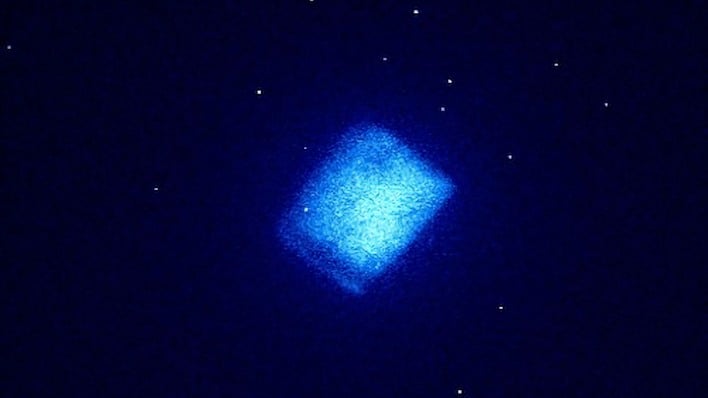If you read that headline and thought “okay, what’s the catch,” we’ll spoil it for you: the “catch” is that the battery can only provide a very small amount of power, on the order of milliwatts. It’s still very exciting, though, because the new diamond battery technology can provide this power for, without exaggeration, thousands of years.
The battery technology was developed by University of Bristol researchers working in collaboration with the UK Atomic Energy Authority, and it utilizes “small amounts of carbon-14” safely encased within a diamond outer structure. This is the same isotope of carbon used for radiocarbon dating, and that gives you a clue as to how this battery works.

The University of Bristol’s press release doesn’t give hard numbers on how much power one of these batteries could produce, but it seems like it’s enough for some applications. The researchers give some examples of what type of devices could be powered this way: medical devices like ocular implants and hearing aids as well as pacemakers, but they also could be useful in extreme environments where it’s very difficult to replace typical battery technologies. That could be near the poles, or even in space.
Obviously, a battery that creates such a small amount of power isn’t going to change the way we use consumer electronics, nor will it likely see applications in the automotive industry—but it could revolutionize certain industries thanks to its extreme longevity. Imagine having to check a list created ten generations ago to see which batteries are going to wear out.
